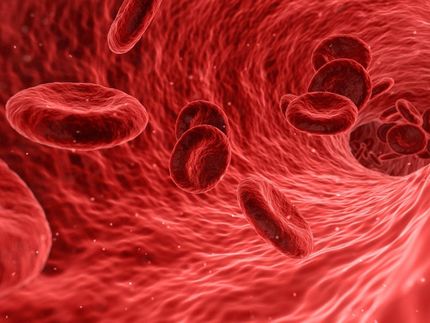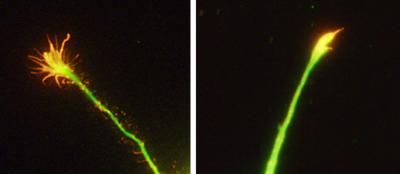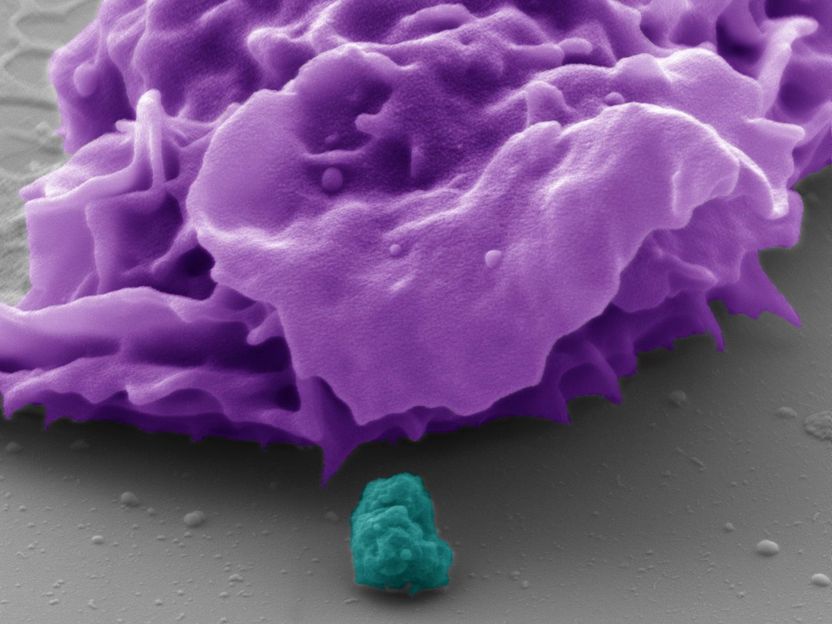Exploring natural molecule's potential to aid immune response
Environment can make all the difference in behavior - even at the cellular level. Scientists at the Virginia Tech Carilion Research Institute have discovered even a small shift in environmental factors can change how a cell in the immune system matures.
"Proteins called cytokines are known to influence immune cell fate, but the mechanisms of the process are not completely understood," said Kenneth Oestreich, an assistant professor at the Virginia Tech Carilion Research Institute and the lead researcher on the paper. "In our research, we examined how a specific cytokine, interleukin-15, influences gene expression patterns in T helper cells."
Cytokines released by cells affect the behavior of other cells. In this case, Oestreich and his team studied how interleukin-15, or IL-15, affects cells in the immune system in a rodent model.
"There are a number of different mature effector subsets that can develop from naïve CD4+ T helper cells," said Oestreich, who is also an assistant professor of biomedical sciences and pathobiology at the Virginia-Maryland College of Veterinary Medicine. "Two of the factors that dictate how a T-helper cell matures are the environment in which the cell exists, and how the transcription factors inside the cell respond to that environment."
Infection and disease cause specific cytokines to increase in the body during an immune response. Oestreich's previous research demonstrated that high levels of a cytokine known as IL-2 can push naïve cells to become T-helper 1 cells, which typically promote a highly inflammatory response to kill invading pathogens.
Conversely, a decrease in IL-2 can lead to a different kind of T-helper cell that affects the production of antibodies.
Clinicians use IL-2 as a therapeutic in cancer patients because the cytokine produces such an effective inflammatory response in the body, one that can actually help the body kill the cancer cells. Although the treatment helps some patients, it isn't always effective and can cause severe side effects.
"Several other cytokines can influence immune cell fate as well," Oestreich said. "That's why clinicians are expanding therapeutic use of cytokines beyond IL-2 to try to promote particular immune responses in their patients."
IL-15 shares many similarities with IL-2, including their receptors. Although clinicians are already testing the efficacy of IL-15 as a cancer immunotherapeutic, relatively little is known about exactly how the cytokine influences naïve T helper cells.
"IL-15 alone did not promote the inflammatory TH1 cell response we thought it would," Oestreich said, adding that the response was similar to decreased levels of IL-2, which affects the production of antibodies.
The receptors for IL-2 and IL-15 both consist of three parts, two of which are shared between the cytokines. IL-15 is unique in that the third portion of its receptor, the alpha subunit, is expressed on another cell. It's like a door with three locks, but you have only two keys and a neighbor has the third.
"Several cell types can influence IL-15 signaling," said Kaitlin Read, coordinator for the Oestreich laboratory and one of the lead authors on the paper. "In order to bind completely, IL-15 needs the third receptor subunit, but not necessarily the extra cell. It's an added layer of complexity."
The neighbor with the third key may want to chat or ask to borrow a wrench. The neighbor, like the superfluous cell, can affect how quickly the door is unlocked.
"We found you can provide less IL-15 if it's presented with its third receptor," Oestreich said. "Therapeutically, patients might be able to take less medication, yet still get the same strong response."
Oestreich said a next step may be to determine whether cancer patients who are already receiving IL-15 in clinical trials exhibit the same TH1 immune response seen in his laboratory.
"This is a very timely and provocative report," said Kim Margolin, an adjunct clinical professor at Stanford University who was not involved in the study. "There is great value to research that increases our mechanistic understanding of these molecules."


























































